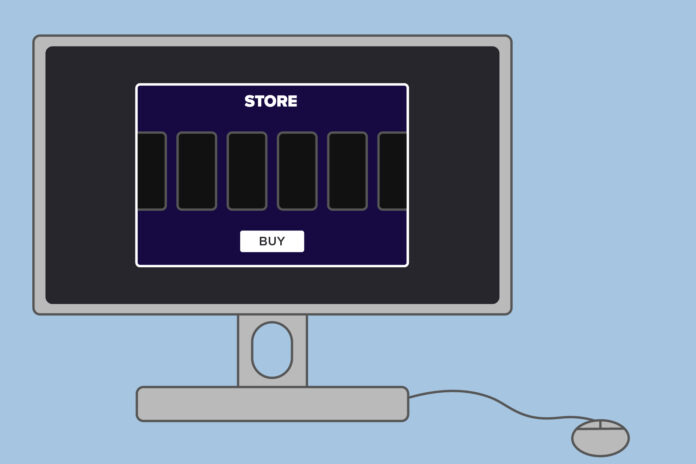Microtransactions give the player the ability to support the games and developers they love
When Prince Harry visited a YMCA to talk about mental health among young people a few weeks ago, he brought up an absurd idea to ban the videogame “Fortnite.” While his wish to ban “Fortnite” was unsubstantiated, he identified a core debate in the video game industry right now: the controversy over microtransactions.
Microtransactions are typically small in-game purchases that use real money for virtual currency or in-game items. They are often seen as a greedy, corporate attempt by video game companies to drain every last dollar out of consumers’ pockets. But the criticism of these transactions is largely overblown.
Microtransactions garner a bad name for themselves because of a few poorly handled incidents in the past, such as the loot box controversy of EA’s “Battlefront II.” Bad microtransactions usually go hand-in-hand with bad game design and bad loot boxes — some of EA’s favorite tactics in the past.
In “Battlefront II,” loot boxes (bought using crystals) were a designed purchasable item with the chance to win skill cards that could crucially affect competitive balance in online gameplay.
Unlike companies such as Activision and Epic Games, who use very transparent in-game transactions, EA opted for an opaque loot box bundle in “Battlefront II” that rewards big spending based on chance. These types of microtransactions deserve zero room in the market of in-game purchases. Any type of competitive advantage that can be bought using real money should never cross the mind of developers.
But, for every irresponsible microtransaction practice out there, there are plenty of developers who recognize bad microtransactions and discard them from their games.
At their best, microtransactions can maintain competitive balance online and support the hardworking people who develop games. The best microtransactions have zero effect on gameplay or competitive advantage in any way. Games like “Overwatch” and “Fortnite” have it down to a science.
The strategy is simple: don’t let people buy competitive advantages in games. Let them buy wacky outfits instead. Eventually, most people will want to buy one or two. How cool would it be to buy a Mandalorian outfit in “Fortnite” or “Apex Legends”? Sign me up. Take my money.
And in reality, video game publishers really do run on that money — they are a business like any other. At the end of the day, these products need to make enough money to fund studios and pay the hard working developers who make these games. And as gaming becomes cheaper, microtransactions are going to become a more common practice.
Games just aren’t made in the same way they were a decade ago. They are becoming increasingly expensive to make each year. Development studios are becoming larger and more complex. Even though games have become more expensive to develop, the average price tag for consumers hasn’t increased in years.
Because of all of this, microtransactions have become an absolute necessity in the industry. Developers and publishers seem scared of the reaction should they (justifiably) raise the price of their games to $80 or $100. They have been forced to find additional means of funding their creative projects.
The solution? Microtransactions.
Microtransactions were implemented to keep games at the same price they’ve been for years — $60. As cost of living, gas, food and movie tickets have all gone up, the cost of games has remained static. And even if you don’t spend some extra cash to unlock more lives in “Candy Crush,” someone else will, and they will spend hundreds of dollars in doing so. These publishers and developers have done their research, and they are smart enough to know that for every ten people that don’t drop a dime on “Fortnite” cosmetics, someone will drop hundreds of dollars a month to get every new outfit and emote.
Just look around. “Fortnite” and “Apex Legends” are two of the most successful games out there right now, and they’re free. Bringing down that initial price barrier is important if the industry wants to grow and welcome in new gamers because gaming is a stupidly expensive hobby.
So vote with your wallet. Keep the games you love alive and support the developers that build them. And ignore the games that do it wrong. You don’t like it? Just don’t buy it. If used in the right ways, microtransactions should be a way to celebrate the games we love and support the creators whose work we enjoy.
Written by: Calvin Coffee — cscoffee@ucdavis.edu
Disclaimer: The views and opinions expressed by individual columnists belong to the columnists alone and do not necessarily indicate the views and opinions held by The California Aggie.






This is great. Very in depth and informative I love it.